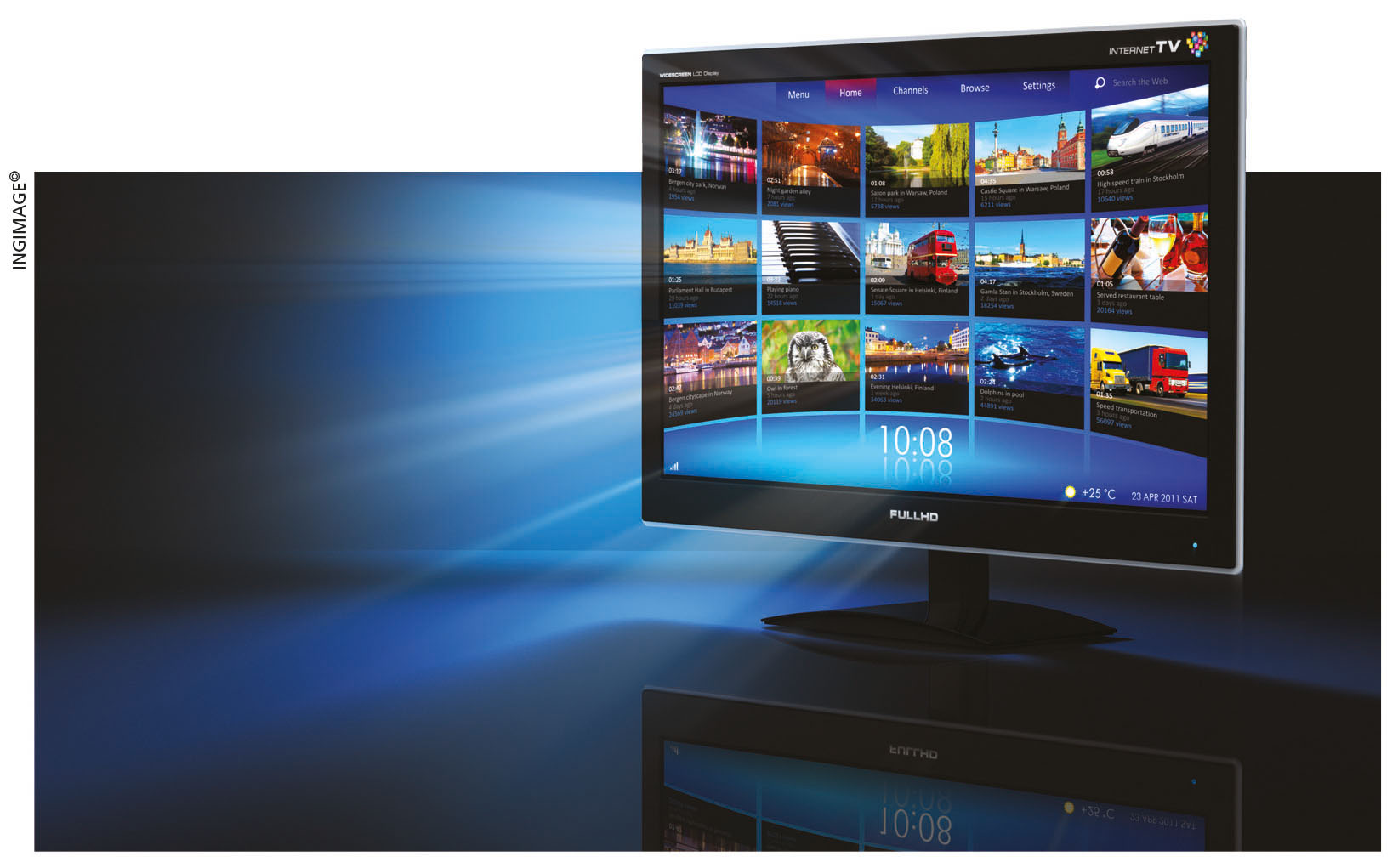STREAMING SERVICES
LIBERATING ONLINE CONTENT
This is an age of original content on streaming services – Gloria Spittel
Watching television has never been so addictive and difficult as it is these days with a plethora of choices available to consumers. This is mainly due to streaming services, as well as other forms of delivery including the usually expensive cable and satellite television options, and restrained programming over national broadcasts.
 Initially, the advantage of streaming services was in the method of delivery, which enabled consumers to watch television over an internet connected device – and most importantly, at a time of their choosing. And with the addition of multiple TV series, documentaries, movies and so on, streaming services soon began offering consumers a repository of video entertainment. It was great for the consumer who could tune in, binge watch and unearth new finds.
Initially, the advantage of streaming services was in the method of delivery, which enabled consumers to watch television over an internet connected device – and most importantly, at a time of their choosing. And with the addition of multiple TV series, documentaries, movies and so on, streaming services soon began offering consumers a repository of video entertainment. It was great for the consumer who could tune in, binge watch and unearth new finds.
And it was so successful for the streaming model that services have grown in number and importance, for both film and television producers, resulting in same day or streaming service-only high profile movie releases.
As with anything that seeks to establish its existence, the simplified model of subscribers at different pricing points meant that streaming services needed to innovate product delivery to compete and remain competitive. The result was the release of original content on streaming services that were hitherto only delivery mechanisms.
While it’s true that most streaming services are DRM (digital rights management) protected or otherwise encrypted, there are many ways to get around these protective methods and access content that’s otherwise prohibited.
However, with more and more original content being developed by streaming services, these chokeholds on content delivery across geographic borders are reducing – if the consumer can pay the price for access.
Nevertheless, access is sketchy and depends on more than simply subscription affordability. Consumers need to own a device capable of uninterrupted streaming of video (without lagging or freezing), and pay for reliable and stable internet, as well as electricity.
In some countries, these are tall orders; but of course, with power banks and increasing capacities for mobile devices and data networks, these problems are easily solved for those who prioritise streaming.
But even in countries where the internet and electricity are easily (and cheaply) available, monopolistic behaviour and government policy can interrupt services and/or content delivery. Reliability on infrastructure is an Achilles’ heel for service providers but their growing importance in both content delivery and production may act as a counterbalance.
Content development and production may have started as a way to retain consumers in a streaming service ecosystem. But it has also had other ramifications that have impacted content consumption and popular culture, which influences societal behaviour and norms, and in rare instances even social justice movements.
The pursuit, development and production of content usually considered controversial for mainstream media (especially broadcast television and large networks) is taking place on streaming services. Former storytelling on broadcast television that included misogynistic, racist, heteronormative or patriarchal themes – or simple falsehoods as the only truth, or story worth telling – is changing rapidly.
Packaged in creative formats, minority voices, and uncomfortable and less known stories, are being told innovatively for entertainment and knowledge; and awareness is taking the industry by storm.
Each streaming service and network television will participate in content wars not only to shine the spotlight on stories deemed important but also to provide choices for every consumer.
The liberation of content creation means that both extremes exist – i.e. good and bad. But therein lies the problem: choice without judgement. As a result, it would be hard to filter content that’s interesting and worthwhile, and eventually make it difficult to watch television for the sake of entertainment.
Although relatively new to content production, streaming services have been nominated for the highest awards and accolades in many countries – and they’ve won some awards. Beyond such recognition, original content developed by streaming services appear to strike a nerve with people across the world.
Programmes that are developed in different geographical regions using local languages and focussing on social issues provide consumers with an introduction and lens through which to view the societies they live in, and go beyond borders. Yet, streaming services are not always about shedding light on the ways in which lives are lived, constrained or denied; they’re also about entertainment.
Whether it’s a homely sitcom, science fiction, fantasy, thriller or drama, original content production by streaming service providers is developing. This is not to suggest that traditional media production companies such as Disney are lagging – in fact, following a year of lockdowns around the globe last year, Disney registered the highest number of new subscribers.
The only restricted content on streaming services are the current realities seen in the news of the world and performances of sports teams. That’s possibly because the really controversial content is focussed on escapism and providing a ‘positive vibes only’ mantra regardless of how gut-wrenching the content may be.




